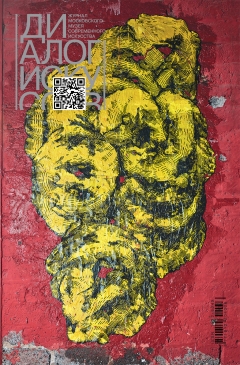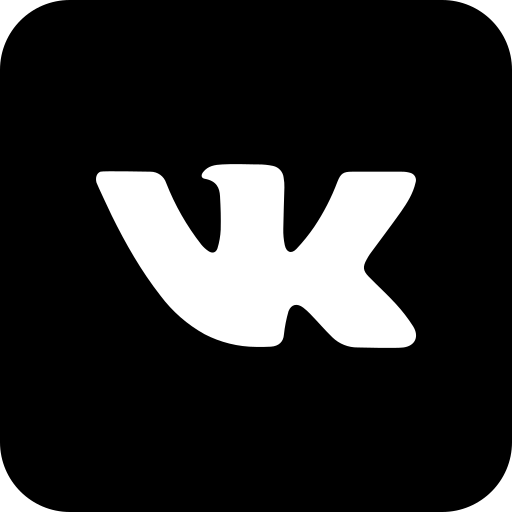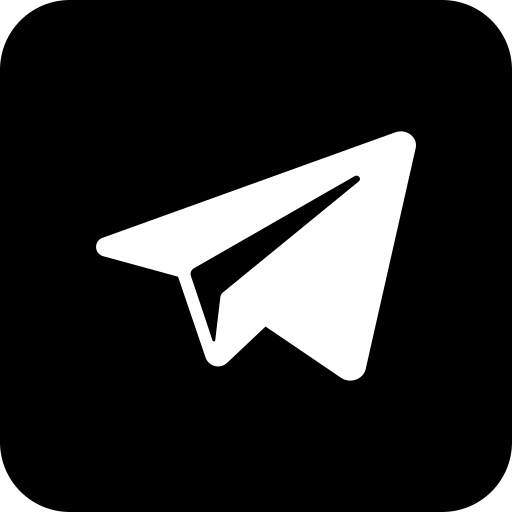|
|
Shepard Fairey is a “one-man band” who virtuously combines art with design and activism.
His show “Force majeur” opens at MMOMA (Gogolevsky, 10) from September 19.
Alexandra Roudyk: Shepard, in your interviews, you have mentioned that the poster “Battleship Potemkin” by Alexander Rodchenko had a huge impact on you. What have you imported into your art from the Russian avant-garde?
Shepard Fairey: Rodchenko and the Sternberg brothers were my first discoveries in Russian constructivism and avant garde art and design. What I responded to is the minimal color palette, illustration reducing elements to their most iconic essence, strong typography, and use of dramatic symbols and design devices like stars, exclamation points, arrows, and sharp angles. I later discovered that these principles applied to magazine design, photomontage, sculpture, architecture, fabric design and mural and advertising design. In my opinion, the work in Russia from the late 10's to the mid-'30s was far ahead of any part of the world and still holds up as possibly the best design ever created. What's astounding is that these images were created before digital tools, and they're still stronger than a lot of the works that emulate that style in the digital era.
AR: What about Pop Art? If there were no Pop Art in the history of art, what would your works look like?
SF: Pop art has influenced me aesthetically... I love Warhol, Rauschenberg, Jasper Johns, Lichtenstein, Ed Ruscha, but it's biggest impact for me is conceptual. Pop art brought art to a wider audience by saying that iconography that everyone could relate to could be the starting point for legitimate fine art.
I see what I'm doing with my art practice as influenced by many art movements but it is essential for me to reach a broad audience and democratize art, which I think Pop Art began to do, but I've tried to push further with my street art and my methods of disseminating my work. Based on my love of Russian avant garde art and design, I'd probably be doing a similar thing even if I had never discovered American Pop Art.
AR: Your famous poster with Obama, “HOPE!”, was clearly made with a politi- cal message. Why do you mix art and politics? Can an image, used as a propa- ganda tool, still be considered as art?
SF: To me, art has a lot of manifestations, and I would never speak for other artists or as a supposed authority on what is and isn't art, but for me, a picture can have many layers and functions. I like the idea of making a picture I think is powerful or beautiful but that also can create a conversation about its meaning. Any art with a point of view meant to be transmitted to the viewer could be considered propaganda. I define my work as propaganda with constructive or benevolent intent. I like to think of my work as the start of a conversation, where more sinis- ter forms of propaganda are meant to reinforce control and represent the last word in a conversation.
AR: What role does money play in your work?
SF: Money itself is neutral. How people pursue it or spend it can be good or bad, but far too often bad behavior is justified in the pursuit of money. I see money as something necessary for me to facilitate the projects that are important to me.
I use money as a symbol in my work because the pursuit of money is like a religion for many people. I like to sub- vert common symbols to provoke con- versations about uncomfortable topics. I also think the design of money is powerful and sometimes beautiful. In 2007 I printed my own money based on a concept Two Sides of Capitalism. One side of the bill is inspired by traditional American currency, and the symbols and text are critical of the greed and abuse of power possible within capitalism. The other side of the bill, the Good Side of Capitalism is designed more like a stock certificate, and it features a printing press and text about being industrious and hard working to empower yourself and live life on your own terms. I printed 50,000 of the bills as well as making art pieces and murals of those works.
DI # 4-2018




